If you’re impressed by Martian rovers and helicopters, wait till you see what’s on the horizon.
NASA has unveiled a range of visionary tech that could be used in future space missions.
The projects are the latest members of the Innovative Advanced Concepts (NIAC) program, which funds early-stage studies to evaluate their potential.
The new cohort joins an array of innovations that were already in the program.
Here’s our pick of the most intriguing ideas.
Turning asteroids into giant spacecraft
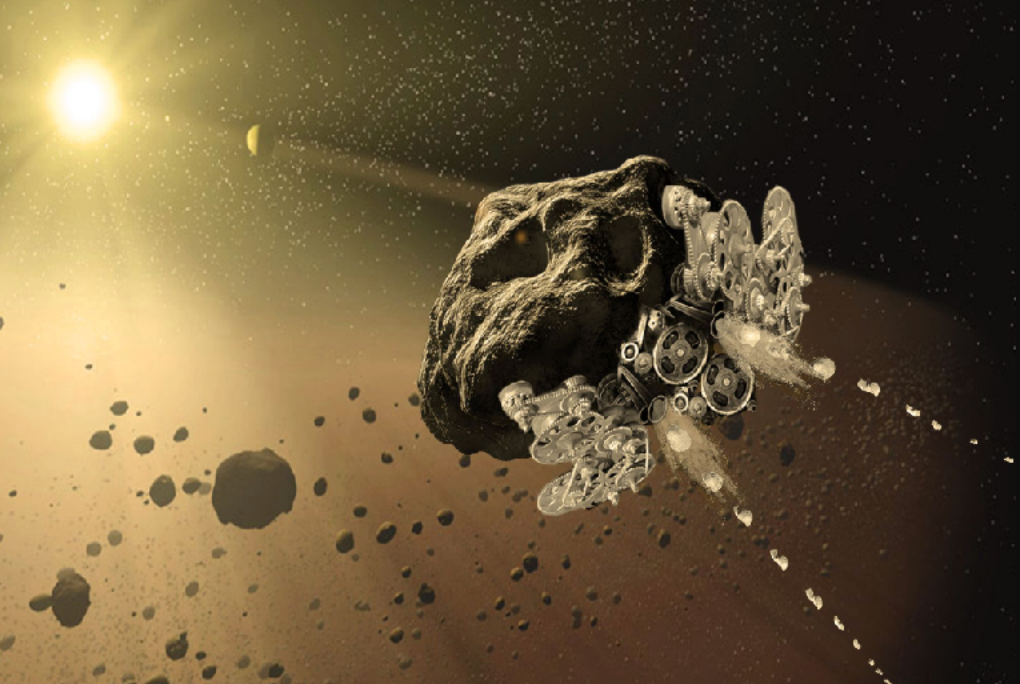

Project RAMA has proposed a scalable way of exploring the solar system: converting entire asteroids into enormous autonomous spacecraft.
The team plans to use robotic processes to turn asteroid elements into programmed automata.
The idea is to cut the costs of ground launches by manufacturing the tech in outer space.
A shapeshifting robot
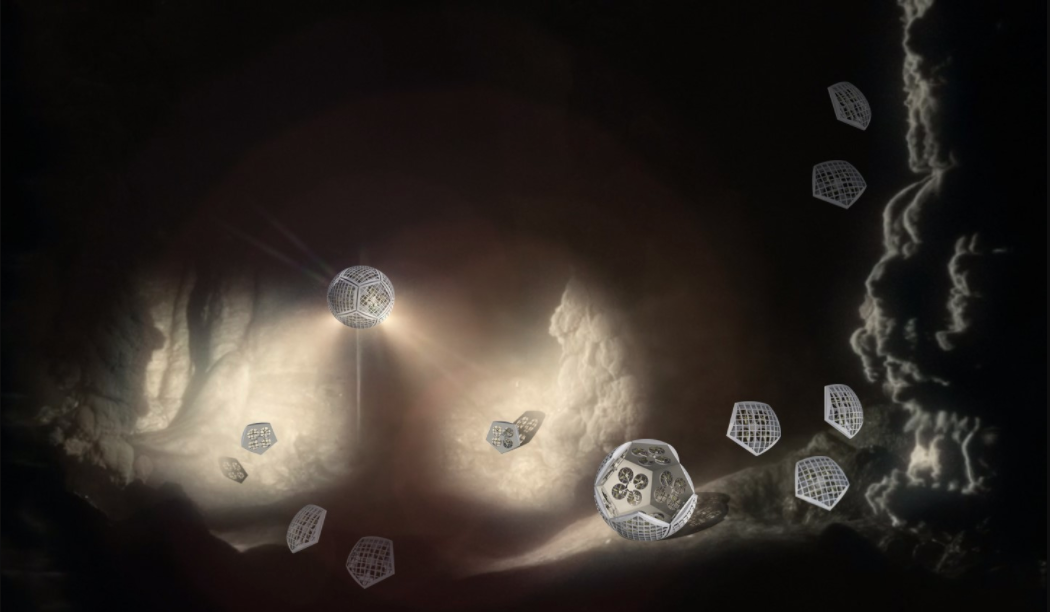

Shapeshifting is typically found in science fiction, but NASA’s betting it could work in space.
The agency has funded a flying amphibious robot that mutates into different devices.
Dubbed Shapeshifter, the system is comprised of smaller units that collectively morph into robotic balls, flight arrays, and torpedo-like swimmers.
The proposal envisions the machine globetrotting from Titan’s rugged cliffs to its deep seafloors.
A football-field size starshade in space
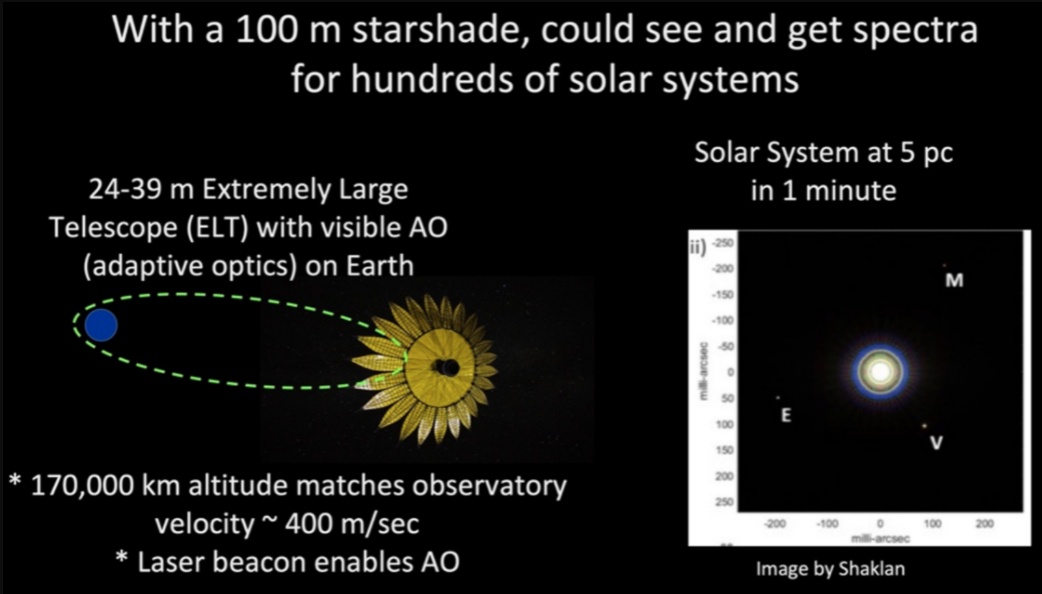

NASA may have found a useful tool for astronomers: a giant shade in space that blocks the glare from stars.
The 100-meter starshade would match the position and velocity of a moving telescope. It could then cast a dark shadow over the meddling star — without blocking the light of its planets.
The idea reminds me of Mr Burns building a giant parasol to increase energy demand — but the creators say it’s merely a powerful exoplanet observatory.
Smart spacesuits with stretchable self-healing skin
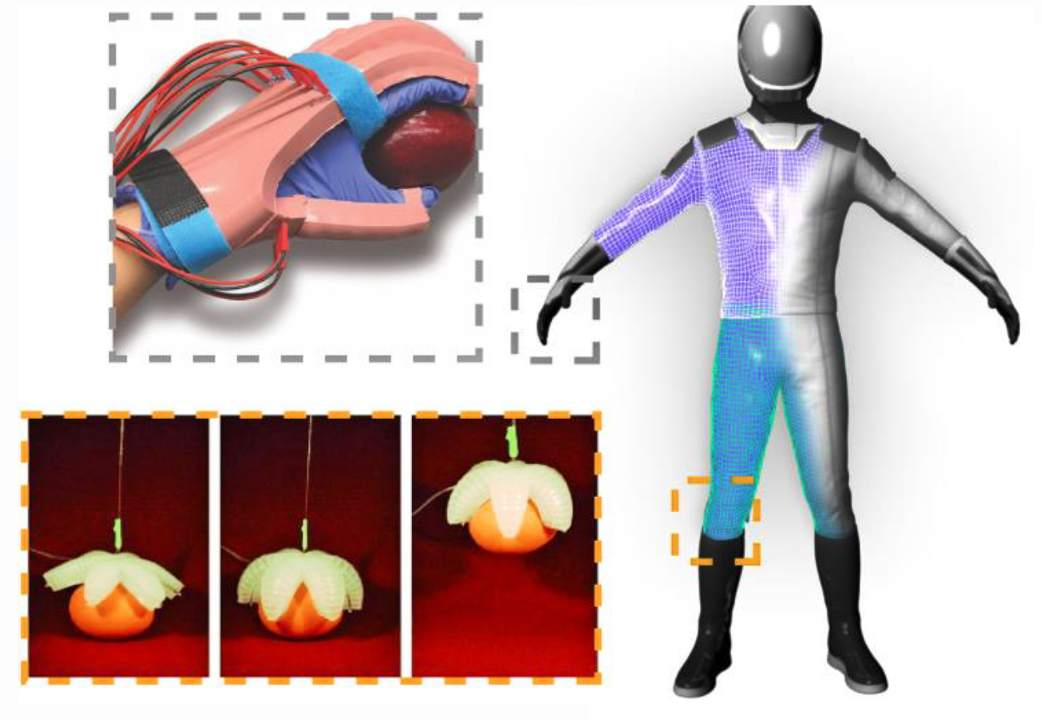

NASA has well-documented issues with spacesuits. The current crop is old, cumbersome, and ill-equipped for future missions.
The SmartSuit is an attempt to upgrade these outfits. The spacesuit incorporates soft robotics, stretchable self-healing skin, and integrated sensors that collect and display data to the wearer.
The kit’s designed specifically for human missions to Mars.
A paper-thin space junk cleaner
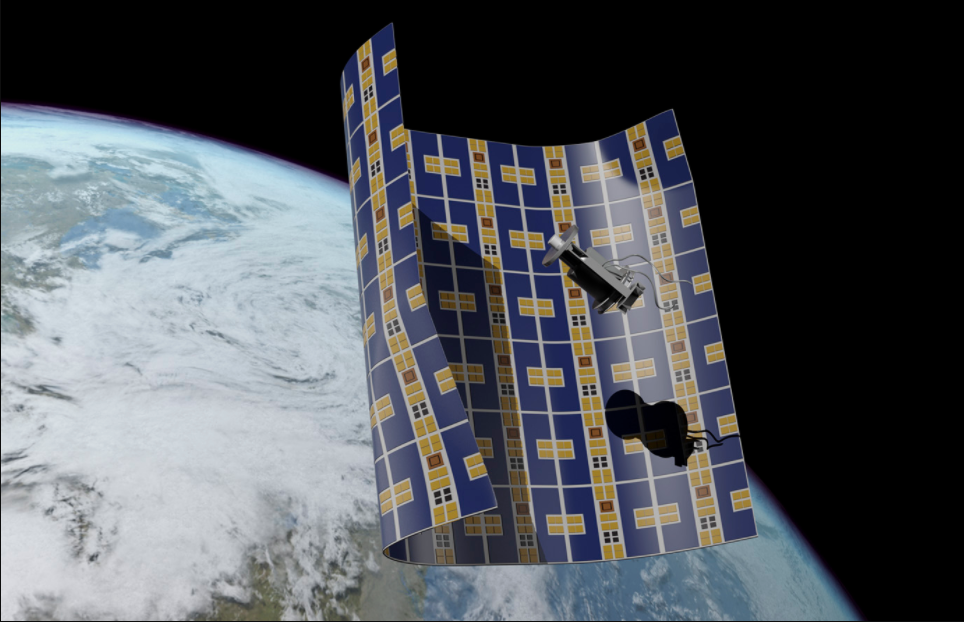

Space trash is becoming a major danger. There are approximately 100 million pieces of extraterrestrial debris that are at least 1-millimeter big. Spacecraft travel at such speeds that even tiny paint flecks can cause damage.
The Brane Craft is a wafer-thin attempt to clean up this trash. The device wraps around orbiting debris and then lowers it to burn up in Earth’s atmosphere.
The craft is half the thickness of a human hair and looks like a sheet of paper. The creators compare it to an automated spot cleaner in space.
Making Martian air breathable
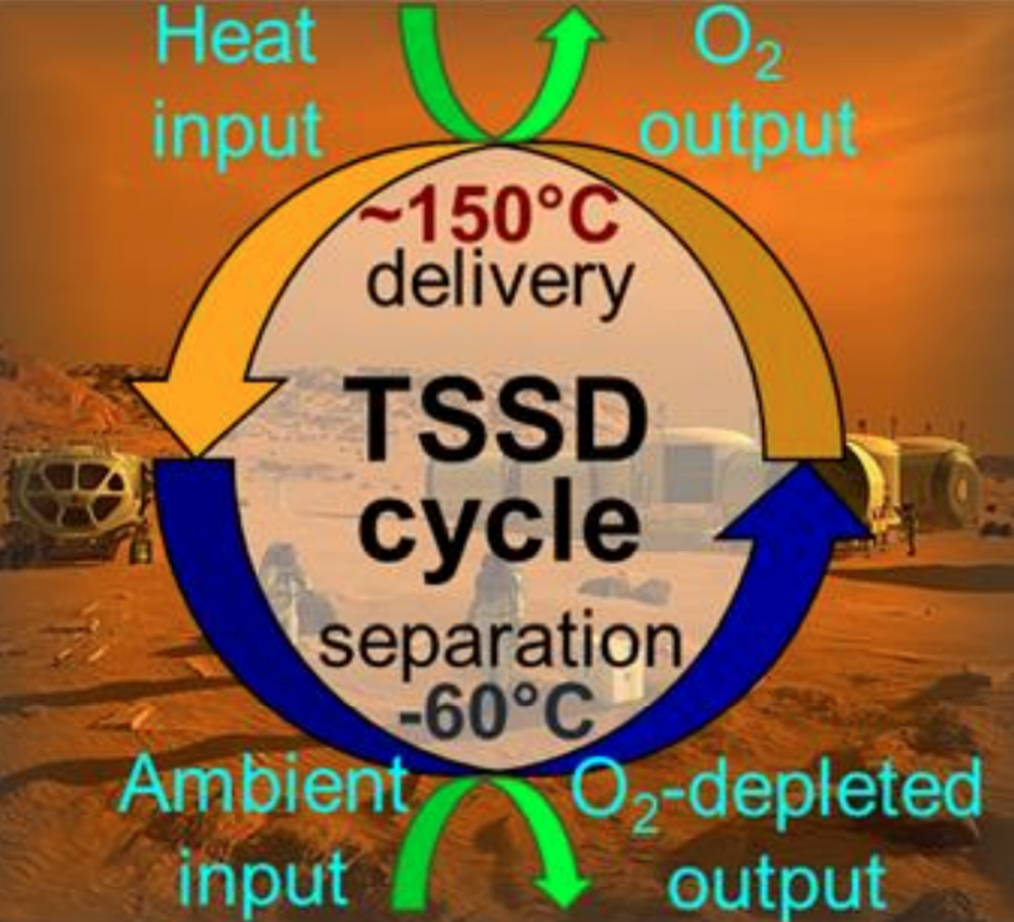

If Elon Musk’s dream of colonizing the red planet is to become a reality, he will (hopefully) want to make the Martian air breathable.
Ivan Ermanoski, a research professor at Arizona State University, has a proposal that could help: a portable oxygen generator.
The system uses a process called thermal swing sorption/desorption (TSSD) to generate oxygen from the Martian atmosphere. Ermanoski says it uses 10x less energy than the leading current methods.
The concept could be a step towards humans breathing on Mars.
Industrializing space with optical mining
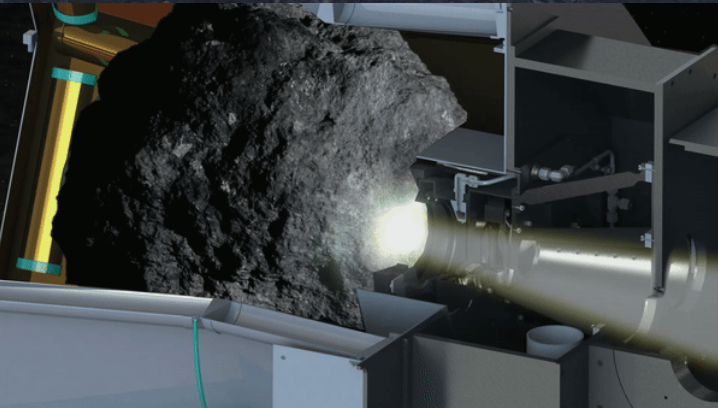

The last proposal on our list involves a technique called Optical Mining.
The project uses concentrated sunlight to turn asteroid materials into rocket propellants. This would then supply spacecraft with affordable and accessible fuel.
NASA believes the system could ultimately help industrialize space.
<iframe srcdoc="*{padding:0;margin:0;overflow:hidden}html,body{background:#000;height:100%}img{position:absolute;top:0;left:0;width:100%;height:100%;object-fit:cover;transition:opacity .1s cubic-bezier(0.4,0,1,1)}a:hover img+img{opacity:1!important}

 ” height=”240″ width=”320″ allow=”accelerometer; autoplay; clipboard-write; encrypted-media; gyroscope; picture-in-picture” allowfullscreen frameborder=”0″>[embedded content]
” height=”240″ width=”320″ allow=”accelerometer; autoplay; clipboard-write; encrypted-media; gyroscope; picture-in-picture” allowfullscreen frameborder=”0″>[embedded content]
These devices may never see the light of space, but just one of them could transform the cosmos as we know it.
